Why do we need ventilation in plastic windows
An important step in any apartment or house will be the replacement of old wooden windows with plastic. The change will be so dramatic that you only think about one thing - why it has not been done before. The design will significantly reduce heat consumption, significantly reduce street noise, and in the heat it will not allow the room to become very hot.
But, such tightness can be twofold, in particular, it will break ventilation in an apartment or house.
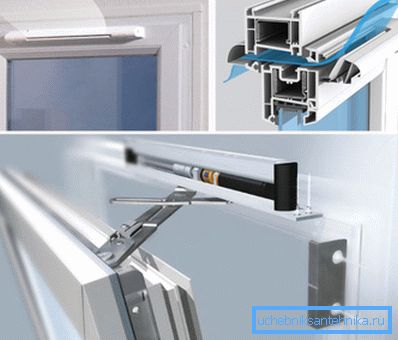
This may seem strange, but when designing dwellings in Soviet times, the gaps between the frames and the main walls were also taken into account as an inflow and outflow of air masses.
Therefore, the ventilation ducts of the premises of those years cannot cope with the increased load on them. Today we will tell you about what is ventilation for plastic windows and its types.
We remove moisture from the room
Most residential buildings are equipped with the cheapest and simplest ventilation systems. They consist of a primitive hood in the kitchen or in the bathroom, and the air supply is provided by the slits of the door and window openings.
This option is quite successful in homes with ordinary wooden boxes, providing the required 30m3/ hour of air per person, according to regulations. If you install plastic windows and put seals on the door, the air flow will simply disappear.
This will contribute to the violation of the microclimate of the room:
- increased humidity;
- the rooms will start to become stuffy;
- there will be discomfort and a feeling of lack of fresh air.
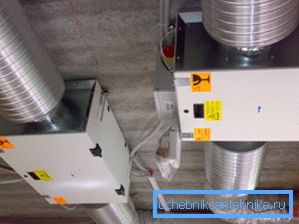
There may even be a “reverse outflow” in the ventilation chamber due to the lack of atmospheric air masses, i.e. there will be a flow of air from the apartment to the outside. As a result, in an apartment building, smells from neighboring apartments will start flowing into yours.
Ventilation for plastic windows has its own characteristics. For example, many users will notice that in addition to the drift-free system they will have many other problems, in particular, stuffiness and fogging of glasses.
After complaints to the manufacturer, it will be recommended to keep the shutters in the ventilation mode almost constantly. But then what is the plus of the system?
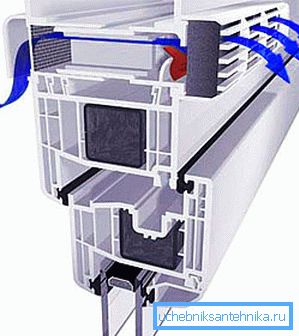
Types of ventilation
We recommend that you deal with the problem of airing the room at the stage of buying plastic windows.
Ask about their design in more detail and find out:
- is there a vent;
- there is a "comb" on the sash or not. The price of the device is small, but the benefits of it are quite substantial;
- Does it use a vent valve?
- she can self-ventilate.
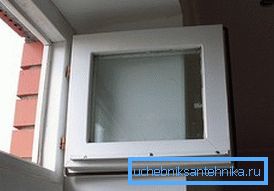
Consider them below:
| Comb | The device makes it possible to adjust the sash in certain positions. This is somewhat different from the usual folding mechanism. It makes it possible to set the width of the opening of the sash in several intermediate positions. |
| Window leaf |
The main disadvantage is that due to the complexity of the design, the cost of the window increases. In addition, albeit slightly, but the amount of luminous flux decreases. |
| Self-ventilated window |
Restrictions on use - it is not recommended to install a wider, and therefore more expensive, profile on the upper floors. In this case, insufficient traction will not be able to provide air in the required amount. And in hot weather, the system will not be able to fully work because of the physics of the convection process itself. |
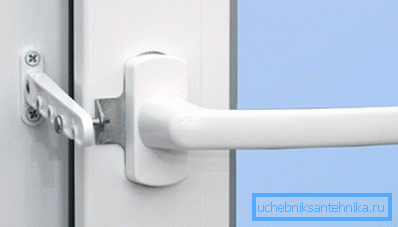
Valves of inlet window ventilation
In order to maintain the microclimate not only near the plastic window, but also throughout the room, the ventilation valves must be multifunctional. Below we consider their basic parameters, which characterize the class of adaptation:
- The installation method offers us two options:
- replacing the old glass unit with a new one, but already with smaller dimensions, in order to install a ventilation valve in the resulting space;
- placement of the valve in the upper cover of one of the sash.
The first method has drawbacks - the luminous flux is reduced, and cash costs increase.
Tip: we recommend using the second option, it is cheaper and the work time will not exceed half an hour.
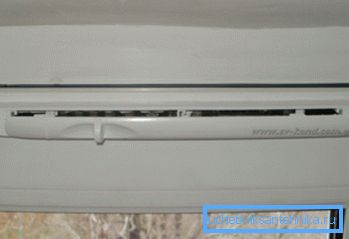
- Management - automatic or manual. We recommend not to consider options for valves that can not be adjusted. For the price, the manual control method seems preferable, which makes it possible to regulate the air supply and save heat. Automatic mode allows you to maintain the selected temperature and humidity in the room.
Advice: if necessary, you can combine both modes, for which a combined control system is installed.
- Air exchange rates - should provide for the inflow and outflow of air his shift in the room at a level of at least 30 m3/ hour per person.
- Sound absorption level. The modern window design allows to suppress noise with a power of 30-35 dB, therefore, the instruction requires the installation of a vent valve with the same technical capabilities.
- Operation in winter conditions It can be difficult, as it is difficult to guess in advance - condensate or frost will appear at low temperatures. It still depends on the characteristics of the air in the room and outside, the parameters of its flows, the material of the body and others.

We suggest that you do the following to eliminate some “risk factors”:
- provide sufficient thermal insulation of the valve, paying special attention to the part located outside the room;
- Install a plastic “thermal break” if a metal case is used.
The valve itself is a complex device, so its average cost can reach $ 40-60.
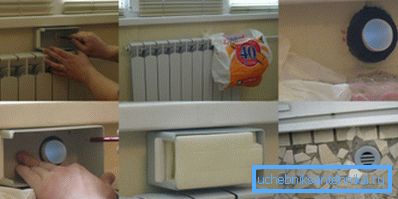
Conclusion
Effective work of the considered options can occur only in the presence of properly functioning ventilation. Although the proposed methods help to carry out normal air exchange in the room, there are other factors that can affect it (find out here what heat exchangers are for ventilation).
The video in this article will help you find additional information on this topic.